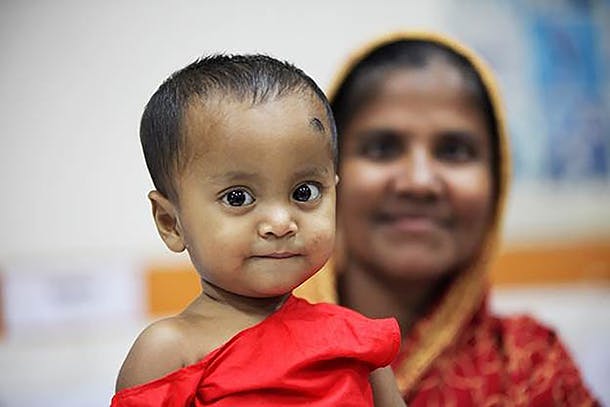
In one month, on September 16, world leaders will come together in Montreal, Canada to replenish the Global Fund to Fight AIDS, Tuberculosis (TB) and Malaria. This is an opportunity to make incredible progress against three of the world’s deadliest preventable diseases, but this progress isn’t possible without partnership and commitment from countries and the private sector around the world. Here’s what you should know about the Global Fund and why we need to make sure this lifesaving institution is fully funded.
What is the Global Fund and why does it matter?
The Global Fund to Fight AIDS, TB and Malaria is a partnership established in 2002 with the goal of accelerating progress against these three epidemics, which at the time killed 4 million people per year. Since 2002, the Global Fund has helped to save 20 million lives by investing pooled resources from national governments, the private sector, and private foundations in AIDS, TB, and malaria programs. Currently, the Global Fund invests $4 billion per year in a range of health-related interventions, which not only treat the three diseases, but also attempt to reduce new cases by addressing the core drivers of infection.
Because of the Global Fund, 9.2 million people are now accessing HIV treatment through Global Fund financing – that is over half of all people on treatment globally. More people are using insecticide-treated bed nets to prevent malaria with 659 million bed nets distributed by the Global Fund. And people with the world’s most deadly infectious disease, TB, are more likely to live long and healthy lives. Over 11.7 million cases of TB have been successfully treated through Global Fund financed programs.
The benefits of Global Fund involvement extend far beyond AIDS, TB, and malaria. When the Global Fund invests in countries, it builds strong, resilient health systems that are able to tackle other diseases, such as Ebola. Investments from the Global Fund help increase domestic financing for health: Countries receiving Global Fund financing contribute an average of three times the amount of their grant with their own resources. This means that if the Global Fund receives the $13 billion it is requesting in September, countries will contribute nearly $41 billion additional dollars to secure the health of their populations and fight these three infectious diseases – an unprecedented amount.
Why is it critical that we replenish the Global Fund?
The world has committed to work towards ending AIDS, TB, and malaria for good through the Sustainable Development Goals. Fully funding the Global Fund will be a clear step toward delivering on this commitment. A fully replenished the Global Fund will commit its resources to save 8 million more lives, avert 300 million new infections, and stimulate up to $290 billion in economic growth.
Learn more about the lifesaving work of the Global Fund by visiting http://www.theglobalfund.org/en/.
[Photo: UN Photo/David Ohana]



 View All Blog Posts
View All Blog Posts